| Weight | 1 lbs |
|---|---|
| Dimensions | 9 × 5 × 2 in |
| host | mouse |
| isotype | IgG1 |
| clonality | monoclonal |
| concentration | 1 mg/mL |
| applications | ICC/IF, WB |
| reactivity | CYFRA21-1 |
| available sizes | 200 µg |
mouse anti-CYFRA21-1 monoclonal antibody (1X3) 4016
$324.00
Antibody summary
- Mouse monoclonal to CYFRA21-1
- Suitable for: ELISA
- Isotype: IgG1
- 200 µg
mouse anti-CYFRA21-1 monoclonal antibody (1X3) 4016
| antibody |
|---|
| Tested applications ELISA |
| Recommended dilutions ELISA: for sandwich ELISA, use #34082 as capture antibody and #34083 as detection antibody. End users should determine optimal antibody concentrations for their applications. |
| Immunogen Soluble cytokeratin fraction purified from a human cell line |
| Size and concentration 200µg and lot specific |
| Form liquid |
| Storage Instructions Store product at 4°C. |
| Storage buffer PBS, pH 7.4, 0.09% NaN3. |
| Purity ion exchange |
| Clonality monoclonal |
| Isotype IgG1 |
| Compatible secondaries goat anti-mouse IgG, H&L chain specific, peroxidase conjugated polyclonal antibody 5486 goat anti-mouse IgG, H&L chain specific, biotin conjugated, Conjugate polyclonal antibody 2685 goat anti-mouse IgG, H&L chain specific, FITC conjugated polyclonal antibody 7854 goat anti-mouse IgG, H&L chain specific, peroxidase conjugated polyclonal antibody, crossabsorbed 1706 goat anti-mouse IgG, H&L chain specific, biotin conjugated polyclonal antibody, crossabsorbed 1716 goat anti-mouse IgG, H&L chain specific, FITC conjugated polyclonal antibody, crossabsorbed 1721 |
| Isotype control Mouse monocolonal IgG1 - Isotype Control |
| target relevance |
|---|
| Protein names Keratin, type I cytoskeletal 19 (Cytokeratin-19) (CK-19) (Keratin-19) (K19) |
| Gene names KRT19,KRT19 |
| Protein family Intermediate filament family |
| Mass 44106Da |
| Function FUNCTION: Involved in the organization of myofibers. Together with KRT8, helps to link the contractile apparatus to dystrophin at the costameres of striated muscle. {ECO:0000269|PubMed:16000376}. |
| Tissues TISSUE SPECIFICITY: Expressed in a defined zone of basal keratinocytes in the deep outer root sheath of hair follicles. Also observed in sweat gland and mammary gland ductal and secretory cells, bile ducts, gastrointestinal tract, bladder urothelium, oral epithelia, esophagus, ectocervical epithelium (at protein level). Expressed in epidermal basal cells, in nipple epidermis and a defined region of the hair follicle. Also seen in a subset of vascular wall cells in both the veins and artery of human umbilical cord, and in umbilical cord vascular smooth muscle. Observed in muscle fibers accumulating in the costameres of myoplasm at the sarcolemma in structures that contain dystrophin and spectrin. {ECO:0000269|PubMed:16000376, ECO:0000269|PubMed:2468493, ECO:0000269|PubMed:2469734}. |
| Structure SUBUNIT: Heterotetramer of two type I and two type II keratins. Interacts with PNN and the actin-binding domain of DMD. Interacts with HCV core protein. {ECO:0000269|PubMed:10809736, ECO:0000269|PubMed:16000376}.; SUBUNIT: (Microbial infection) Interacts with hepatitis C virus/HCV core protein. {ECO:0000269|PubMed:15846844}. |
| Domain DOMAIN: This keratin differs from all other IF proteins in lacking the C-terminal tail domain. |
| Target Relevance information above includes information from UniProt accession: P08727 |
| The UniProt Consortium |
Data
| No results found |
Publications
| pmid | title | authors | citation |
|---|---|---|---|
| We haven't added any publications to our database yet. | |||
Protocols
| relevant to this product |
|---|
| ELISA |
Documents
| # | SDS | Certificate | |
|---|---|---|---|
| Please enter your product and batch number here to retrieve product datasheet, SDS, and QC information. | |||
Only logged in customers who have purchased this product may leave a review.
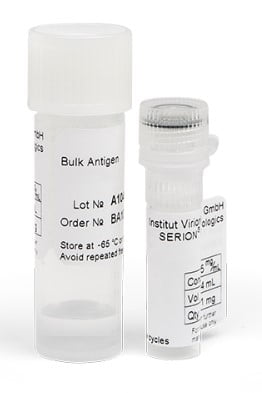
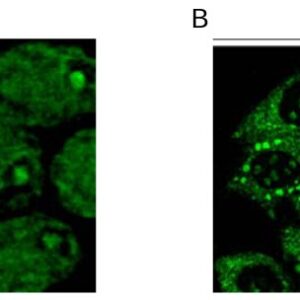

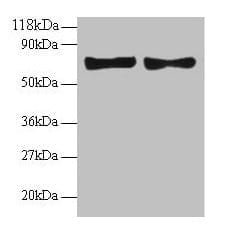
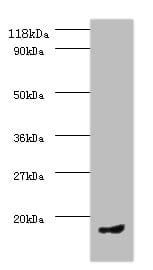

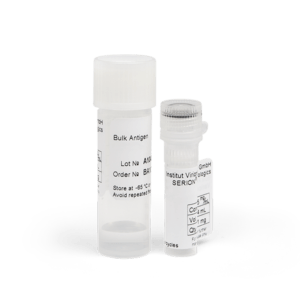

Reviews
There are no reviews yet.